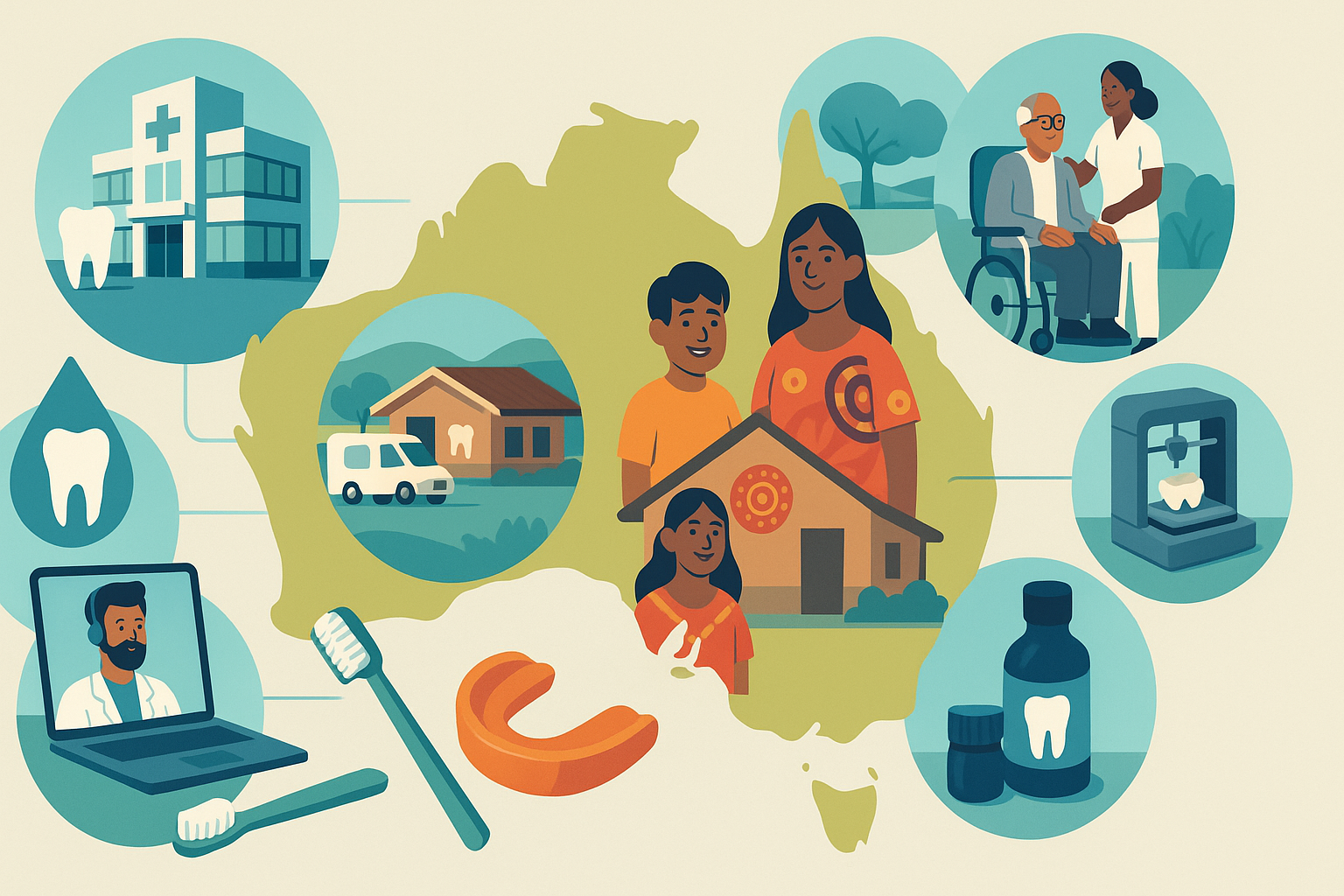Lowering obesity rates in Australia depends heavily on reshaping the food environment so that the nutritious choice is the easiest, most affordable choice. People do not eat in a vacuum: supermarket layouts, price promotions, portion sizes, and the relentless advertising of sugary drinks and snacks all push consumption beyond physiological need. Counter‑measures must operate at multiple layers—from agriculture to check‑out.
Front‑of‑pack Health Star Ratings help consumers compare products within categories. The system works best when paired with reformulation targets and transparent monitoring so that companies compete to improve recipes, not just marketing. Government procurement policies can hard‑wire change by limiting sugary drinks and energy‑dense snacks in schools, hospitals, sporting facilities, and public events. When public money buys food, it should model healthy standards.
Children are a priority. School canteen policies, breakfast clubs, and cooking‑garden programs give students the skills and habits to carry home. Early childhood initiatives encourage healthy feeding practices and active play. Restricting unhealthy food marketing to children—across broadcast, digital, and outdoor media—remains a critical lever; voluntary codes are seldom enough, so jurisdictions can explore stronger rules.
Price signals matter. Evidence suggests that sugary drink levies reduce purchases and spur reformulation, while revenue can fund water fountains, sport vouchers, and nutrition education. Fresh food subsidies, produce vouchers, and freight support for remote communities can reduce the high cost of fruit and vegetables in regional and very remote areas. Retailers can commit to healthy checkouts, limited multi‑buy promotions on junk foods, and shelf placement that favours minimally processed staples.
Information works best when combined with default changes. Menu kilojoule labelling helps, but portion guidance, healthier default sides, and “water first” beverage bundles shift behaviour without removing choice. Digital food platforms can adopt healthy defaults for meal deals and display nutrition info prominently at the point of decision.
Community and clinical programs translate policy into personal change. Telephone and online coaching provide goal‑setting, relapse planning, and social support at scale. Primary care teams—GPs, dietitians, exercise physiologists, and psychologists—offer tailored plans for people with higher risk or established complications. Pharmacotherapy and bariatric surgery are reserved for specific indications and should be delivered within multidisciplinary pathways with long‑term follow‑up.
Monitoring underpins credibility. Regular reporting on diet quality, price indices for healthy vs. unhealthy baskets, and marketing exposure for children helps governments fine‑tune interventions. Partnerships with retailers and manufacturers can set time‑bound reformulation and placement targets with independent evaluation.
Australia has the capacity to bend the curve by aligning policy, markets, and culture: make healthy the default, reduce exposure to hyper‑palatable foods, and support people with practical, stigma‑free services. When the food system shifts, personal effort suddenly goes a lot further.



